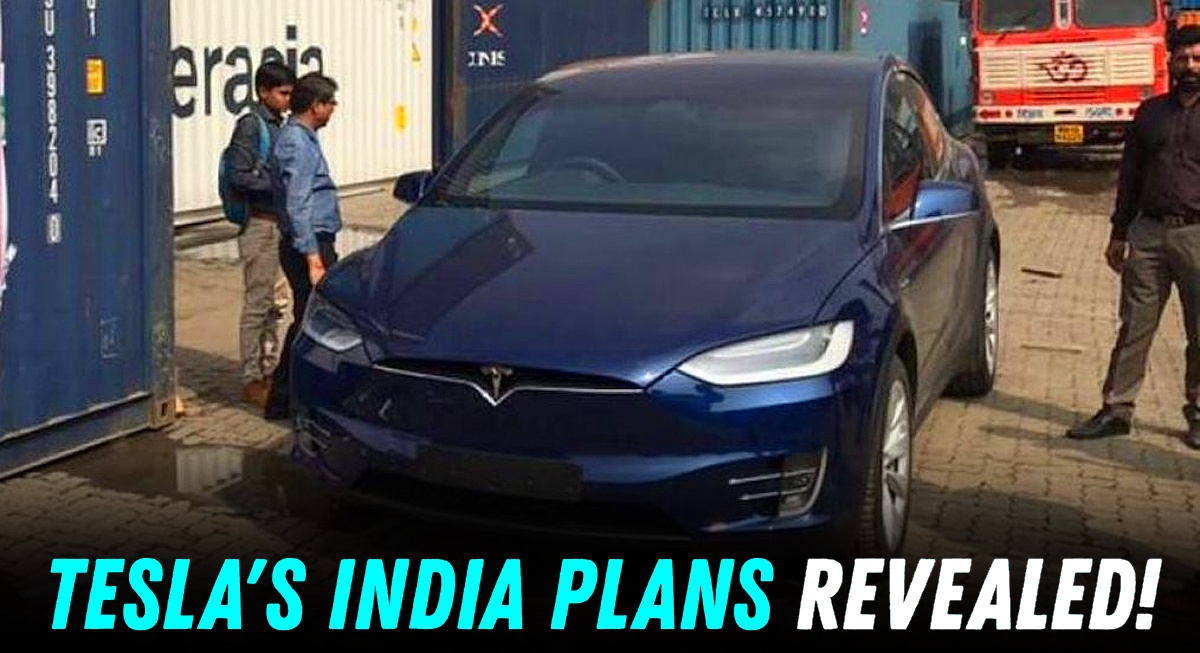What Tesla's CFO Has To Say About Electric Automaker's India Entry


Tesla’s much-anticipated India debut has long been the subject of speculation. While the American electric vehicle (EV) pioneer continues to make headlines globally, its plans for India remain in a holding pattern. Recent remarks from Tesla’s Chief Financial Officer, Vaibhav Taneja, offer a rare glimpse into the company’s cautious approach toward the Indian market—a country rich with potential but riddled with regulatory and infrastructure challenges.
For Tesla to set up manufacturing, sales of its cars need to hit 3 million a year. For reference, entire Indian car market logged about 4 million in 2024-25 financial year. So, effectively that rules out setting up manufacturing in the country. And without it—even with lower tariffs—Teslas would be too costly to rack up meaningful numbers.
India’s expanding middle class—now estimated at over 400 million people—is precisely the kind of market Tesla wants to reach. Taneja described this segment as a key target in Tesla’s long-term strategy. Yet, that goal is easier stated than achieved.
Tesla’s pricing, heavily inflated by taxes and import duties, puts it well beyond the reach of most Indian car buyers. To illustrate, Tata’s Nexon EV starts at ₹14.49 lakh, while even the most affordable Tesla Model 3 could cost upwards of ₹60 lakh once imported into India. That puts it squarely in luxury territory—a tough sell in a price-sensitive market.
At the heart of Tesla’s India dilemma lies the country’s high import duties. Fully imported EVs attract 70% customs duty, plus a 30% luxury tax. This effectively doubles the retail price. As Taneja explained, Indian buyers feel they’re paying too much for a car that costs half as much elsewhere—and most of that extra cost goes to the government, not Tesla. The company has argued for a phased entry, proposing a trial run of imported cars with lower duties before investing in local manufacturing. The Indian government, however, wants firm manufacturing commitments up front. With both sides holding their ground, progress has stalled.
While Tesla takes its time, Indian and global rivals are gaining ground. Tata Motors, although having lost some market share, still leads the Indian EV segment. MG Motor is rapidly catching up, with a 231% jump in sales as of March 2025. Their EVs, priced under ₹25 lakh, are far more in sync with what Indian buyers want. Even global luxury brands like Mercedes-Benz and BMW are offering EVs assembled locally at competitive prices, cutting Tesla out of the conversation for now.
Charging infrastructure—or the lack of it—poses another hurdle. As of April 2025, India had just 25,000 public charging stations, far from what’s needed to support mass EV adoption. Tesla’s ecosystem depends heavily on its fast-charging Supercharger network, which currently doesn’t exist in India. Although the government has earmarked ₹4,000 crore to expand EV infrastructure, execution will take time.
Then there’s the issue of Indian roads. The Model 3, with its relatively low ground clearance of 140 mm, may struggle on pothole-ridden streets, speed breakers, and rural roads. Indian EVs like the Nexon and Comet offer ground clearances upwards of 175 mm, giving them a clear advantage in everyday usability. For Tesla to adapt its vehicles to Indian conditions, it would likely need to rework suspension systems—raising development and production costs further.
Still, Tesla hasn’t walked away from India. The company has quietly begun hiring for roles in Mumbai and Delhi and is scouting for potential showroom locations. Enthusiasts on local forums praise Tesla’s technology but remain wary of its pricing and after-sales service viability. As one user put it, Tesla will need to localise manufacturing and partner with local stakeholders to overcome both logistical and regulatory barriers.
The Union Budget offers little immediate cheer—there are greater subsidies for electric buses and infrastructure, but no direct incentives for passenger EVs. This makes Tesla’s pricing dilemma even more acute.
Many experts believe that the company’s best shot would be to launch a locally built compact EV priced under ₹25 lakh—possibly the long-rumoured Tesla “Model 2”—while simultaneously working with Indian authorities to create a phased entry model with some tariff relaxation and policy support.
The coming months could be decisive. If the Indian government shows some flexibility—perhaps by offering a limited tariff window or fast-tracking manufacturing incentives—Tesla might finally set wheels in motion. Until then, India’s EV revolution will likely be steered by homegrown heroes and other international brands that have already made the leap.